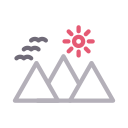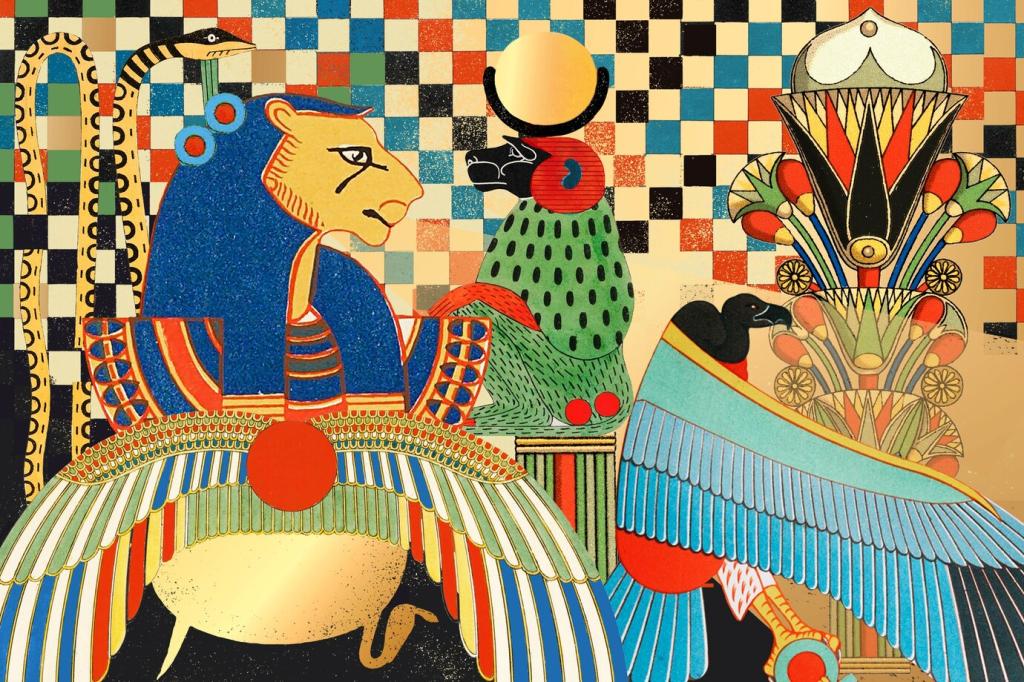
Today’s Theme: Exploring Surreal Landscapes in Art
Chosen theme: Exploring Surreal Landscapes in Art. Step into a world where deserts hum like tuning forks, stairways climb into moonlight, and horizons bend toward the subconscious. Wander with us through painterly dream-terrain, curious symbols, and playful methods that invite you to look longer, feel deeper, and create your own impossible geography. Stay with the journey—subscribe, comment, and bring your imagination along.
From Dreams to Canvases: A Short Origin Story
Breton’s Manifesto and the Door to the Unconscious
In 1924, André Breton’s Surrealist Manifesto flung open a door to dream logic, letting landscapes form from intuition rather than tidy realism. Imagine dunes shaped by sentences or rivers flowing backward through memory. Which recurring place from your own dreams keeps calling you back? Share it with us below.
Deserts, Arcades, and Impossible Shadows
Giorgio de Chirico’s silent plazas, Salvador Dalí’s coastal deserts, and Max Ernst’s forested textures built spaces where time stretched like saltwater taffy. Dalí’s Portlligat horizons became myth, equal parts home and hallucination. Which painting first taught you that a place could feel both familiar and impossible? Tell us your pick.
Women Surrealists and Wild Geographies
Leonora Carrington and Remedios Varo carved intricate ecosystems of mythic beasts, tilted rooms, and leafy laboratories, proving surreal landscapes could be tender, troubling, and liberating at once. Kay Sage’s skeletal architectures breathed wind into stillness. Save this mini-gallery for later, and subscribe for a deeper dive into their spellbinding terrains.
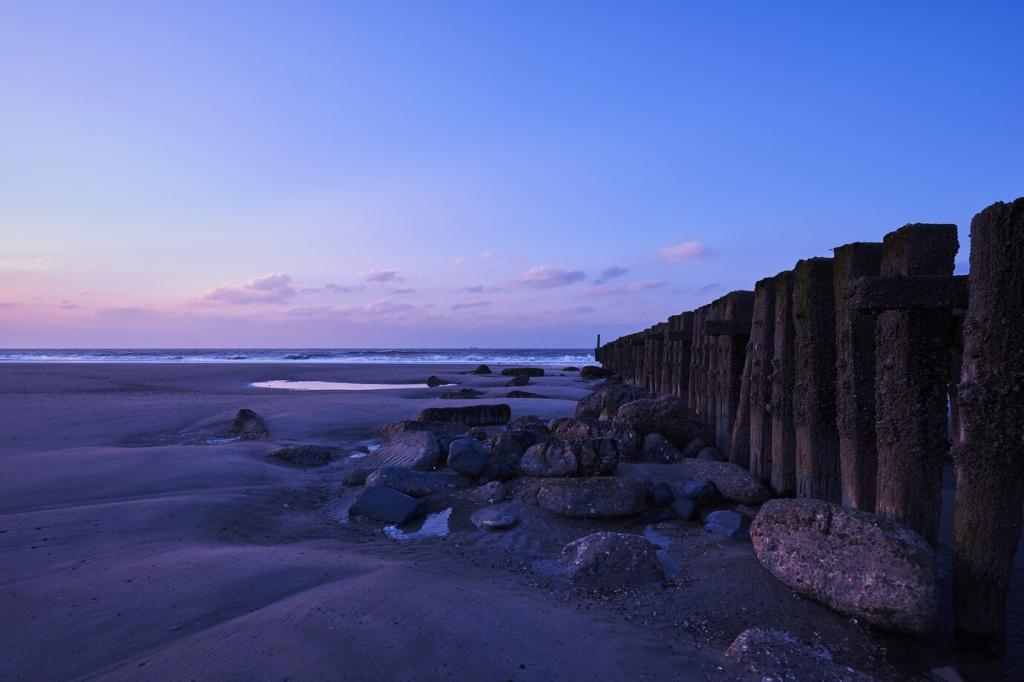
Juxtaposition as Geography
Place a teacup where an ocean should be, exchange a mountain’s peak for a key, let a city sprout from a shell. Juxtaposition redraws maps with delight. Try this tonight: list three nouns from a dream, then sketch a landscape that lets them collide. Share your oddest combinations in the comments.
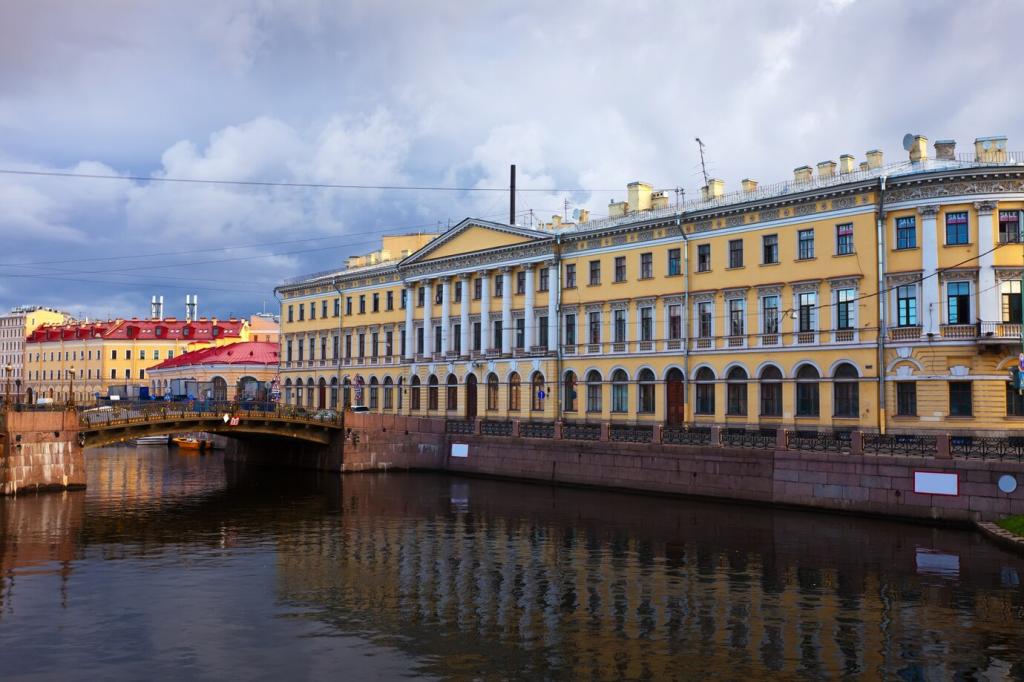
Elastic Scale and Floating Horizons
When tiny figures tower over colossal moons, or coastlines hover above fields, scale becomes a compass for emotion. Let the horizon float to suggest uncertainty, or drop it low to invite wonder. Post a quick thumbnail experiment—how does shifting scale change the mood of your surreal landscape?
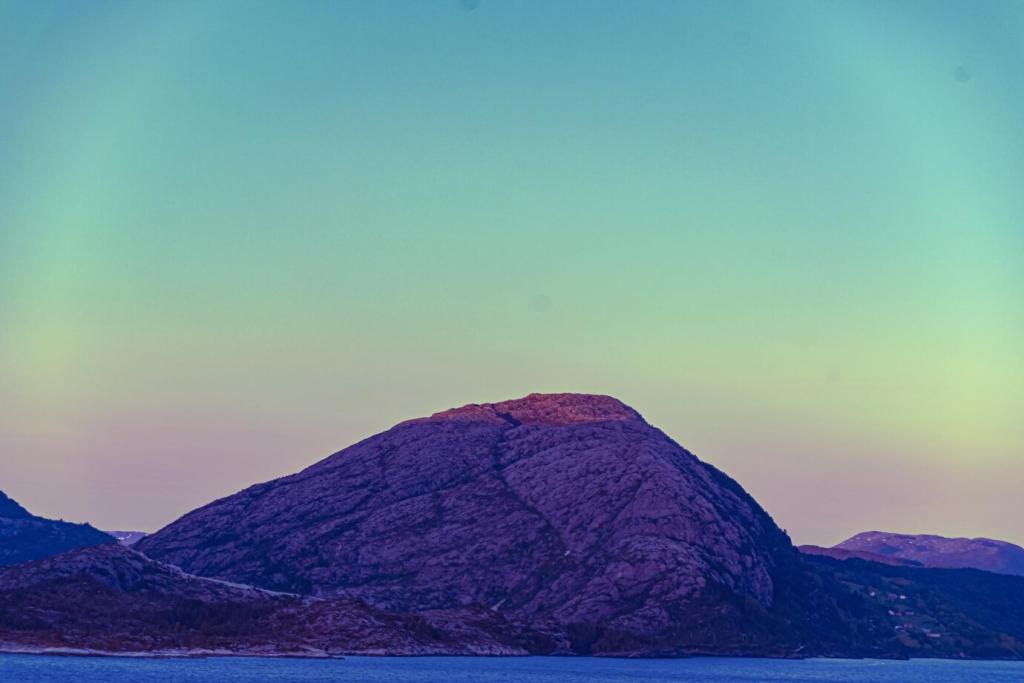
Automatic Methods, Textures That Think
Frottage, grattage, and decalcomania turn chance into terrain—press, lift, and discover valleys hiding in paint blooms. Follow the accident like a trail. Circle emergent shapes, exaggerate their edges, and watch a world appear. Try it today and tag us with your most serendipitous textures.
Symbols That Guide the Wanderer
Doors, Windows, and Keys
Thresholds promise travel without distance. A door in a cliff, a key embedded in ice, a window opening into fog—each asks what you’re ready to unlock. A museum visitor once told us a balcony in a painting felt like an invitation. Which portal symbol follows you into your dreams?
Deserts, Oceans, and Weather That Thinks
Surreal deserts can hold unspoken promises; oceans might carry letters meant for yesterday. Weather becomes a narrator—snow that remembers, rain that writes. Have you met a storm in a painting that felt like your internal weather? Describe that moment and how it shifted your reading of the landscape.
Animals as Compasses
Carrington’s hyenas, Varo’s birds, and unseen insects often lead viewers through uncanny terrains, standing in for instinct, wisdom, or mischief. Choose an animal to guide your next sketch. Where does it hesitate? Where does it race ahead? Share your guide and the path it chose.
Surreal Landscapes Beyond the Gallery
Cinema: Rooms That Remember
Jean Cocteau’s mirrors, Luis Buñuel’s dream logic, and Terry Gilliam’s impossible architectures turn sets into landscapes that breathe. Rooms remember footsteps, and hallways end in metaphors. What film location felt eerily alive to you—like a character with motives? Drop your recommendation for our community watchlist.
Games and Interactive Worlds
From Journey’s singing sands to Kentucky Route Zero’s haunted highways, interactive surreal landscapes let you walk inside metaphor. The map responds to your choices, revealing secrets at your pace. Which level or scene lingered in your mind days later? Tell us why, and we’ll feature top picks.
Photography and Digital Collage
Erik Johansson’s bending roads and Maggie Taylor’s dreamlike composites prove pixels can host convincing impossibilities. Start with two ordinary photos, stitch them along a poetic fault line, and let the seam become a river. Post your before-and-after; we love seeing how you tilt reality just enough to wonder.
How to Look: A Slow Map for Viewers
Set a ten-minute timer. Note three oddities, two colors that argue, and one sound you imagine. Breathe with the piece. Does the horizon lift as you exhale? Share your notes—tiny observations often unlock the biggest interpretive doors.
How to Look: A Slow Map for Viewers
Keep a bedside notebook. Jot a morning dream, then draw a thumbnail map of its landscape—paths, thresholds, weather, and guardians. Over a week, patterns emerge. Want a printable template? Subscribe, and we’ll send a guided page to map your surreal terrains.

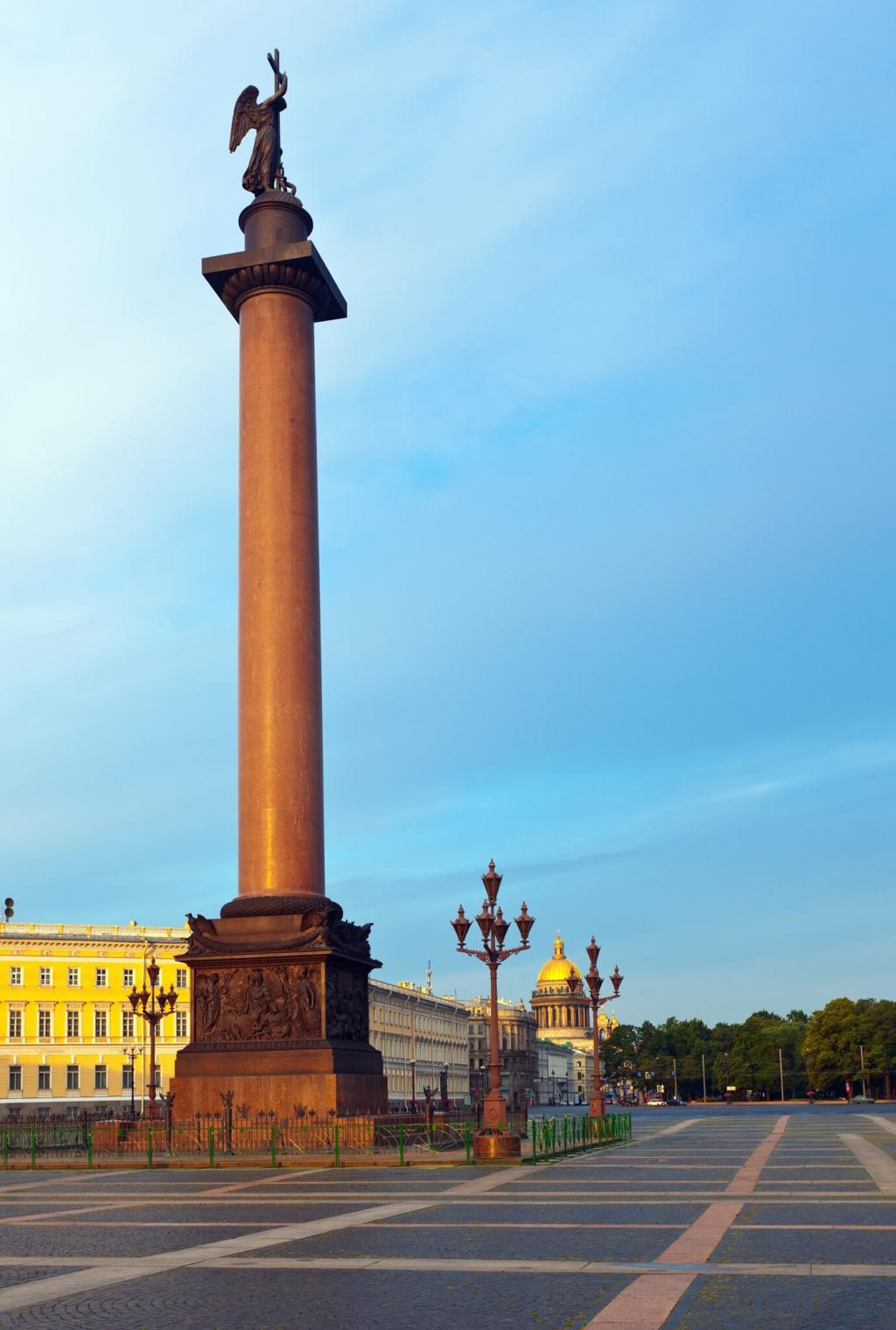
Create Your Own Surreal Landscape Today
Choose one: a glacier of clocks calving into warm rain; a stairwell spiraling through a tidepool; a city balanced on a whale’s back. Sketch for fifteen minutes, then circle your image’s most surprising detail. Share a snapshot—we’ll celebrate the strangest finds.
